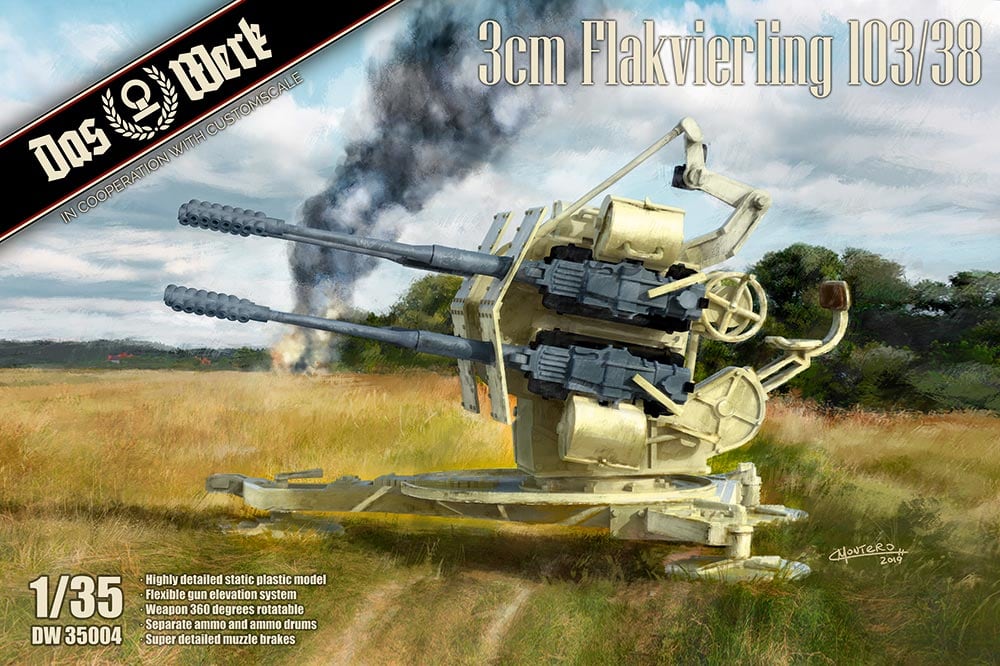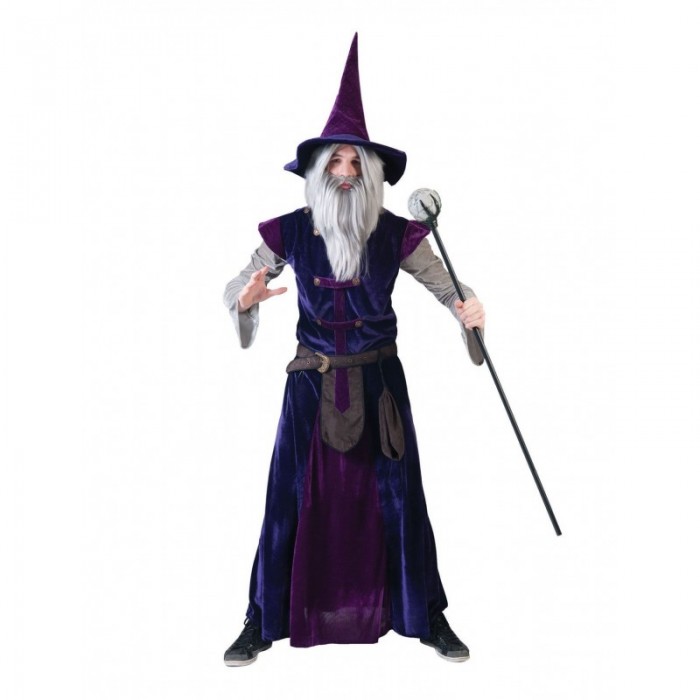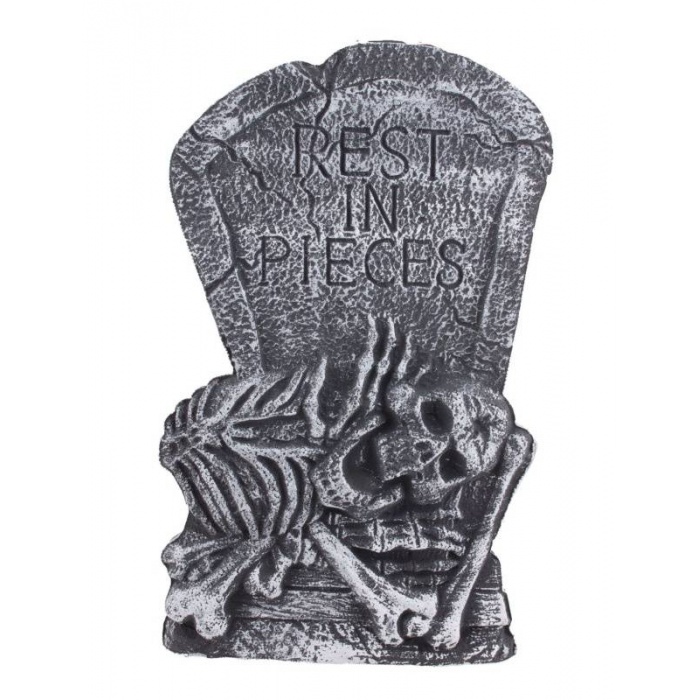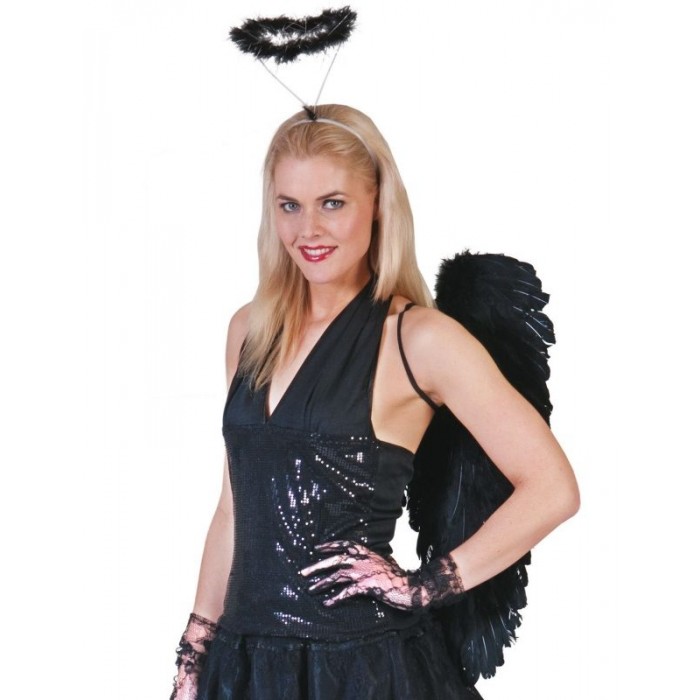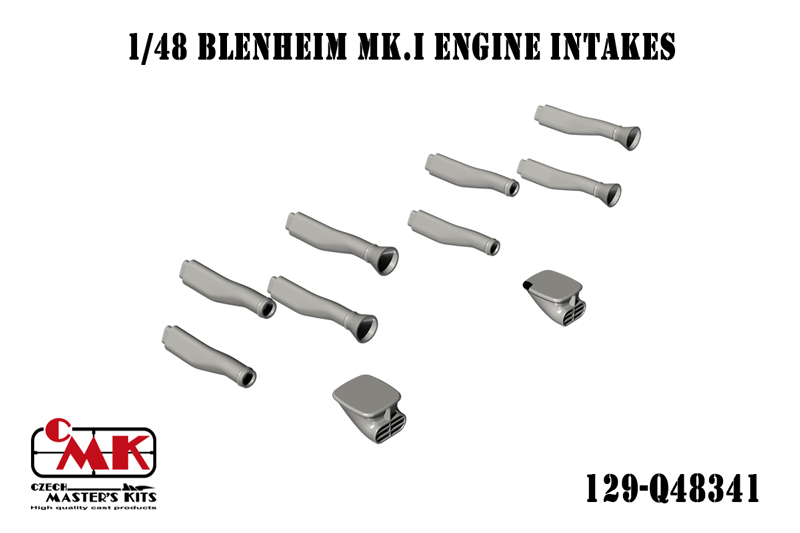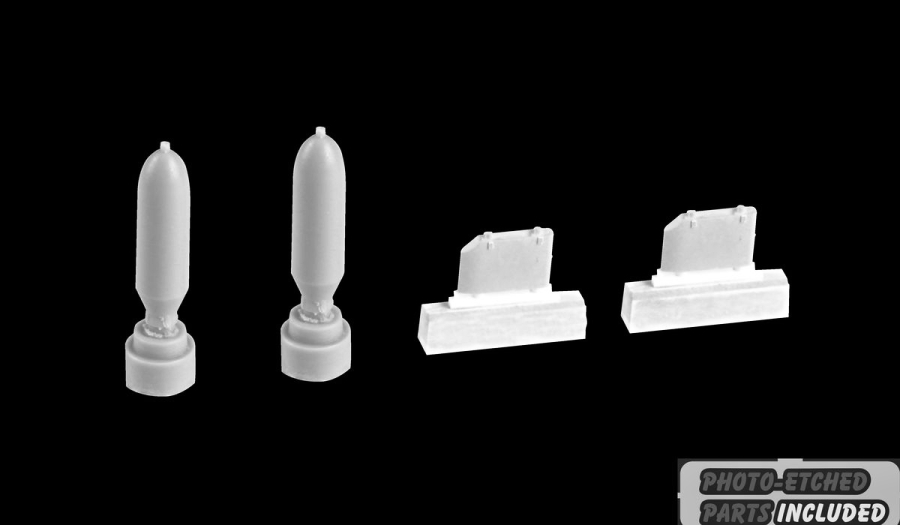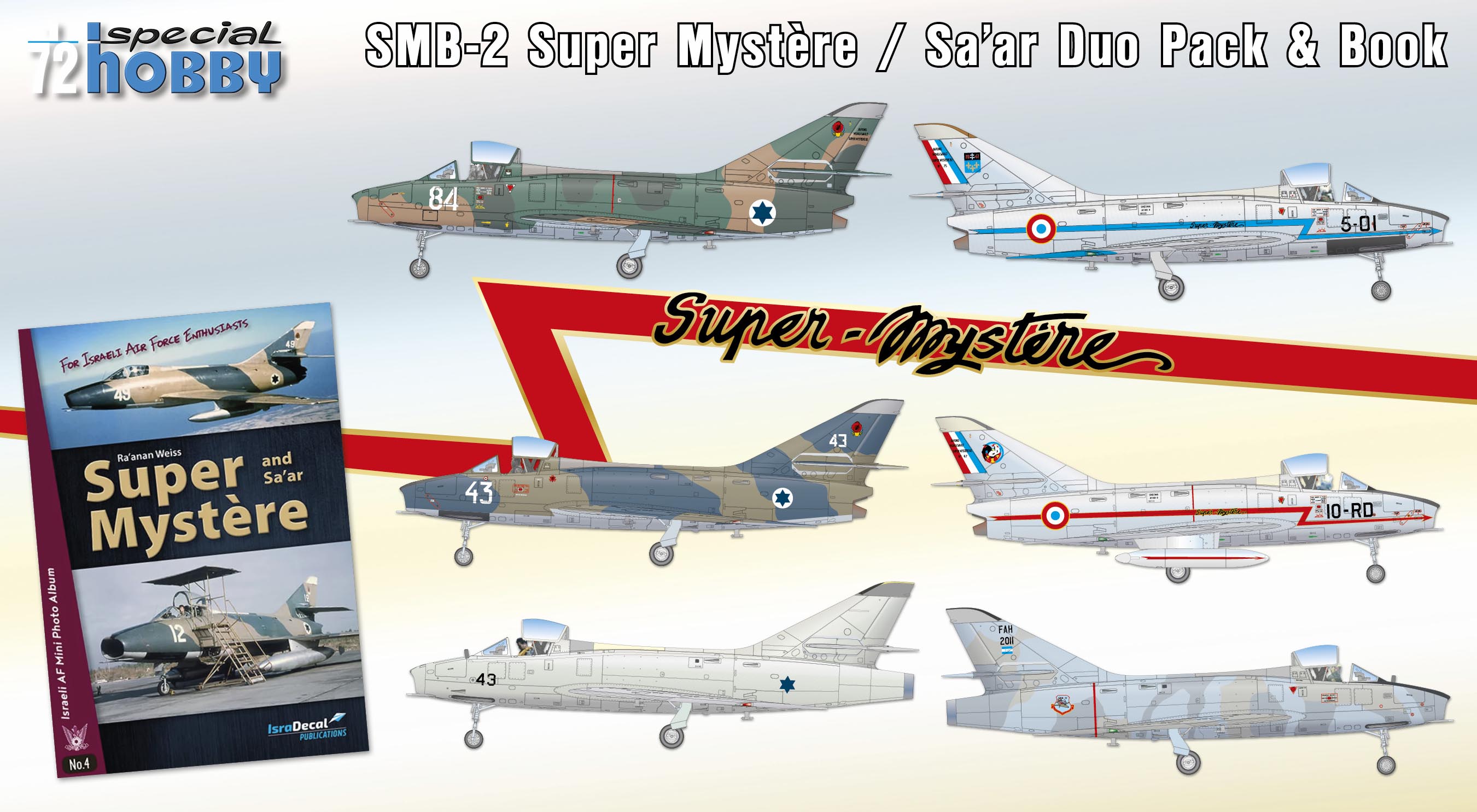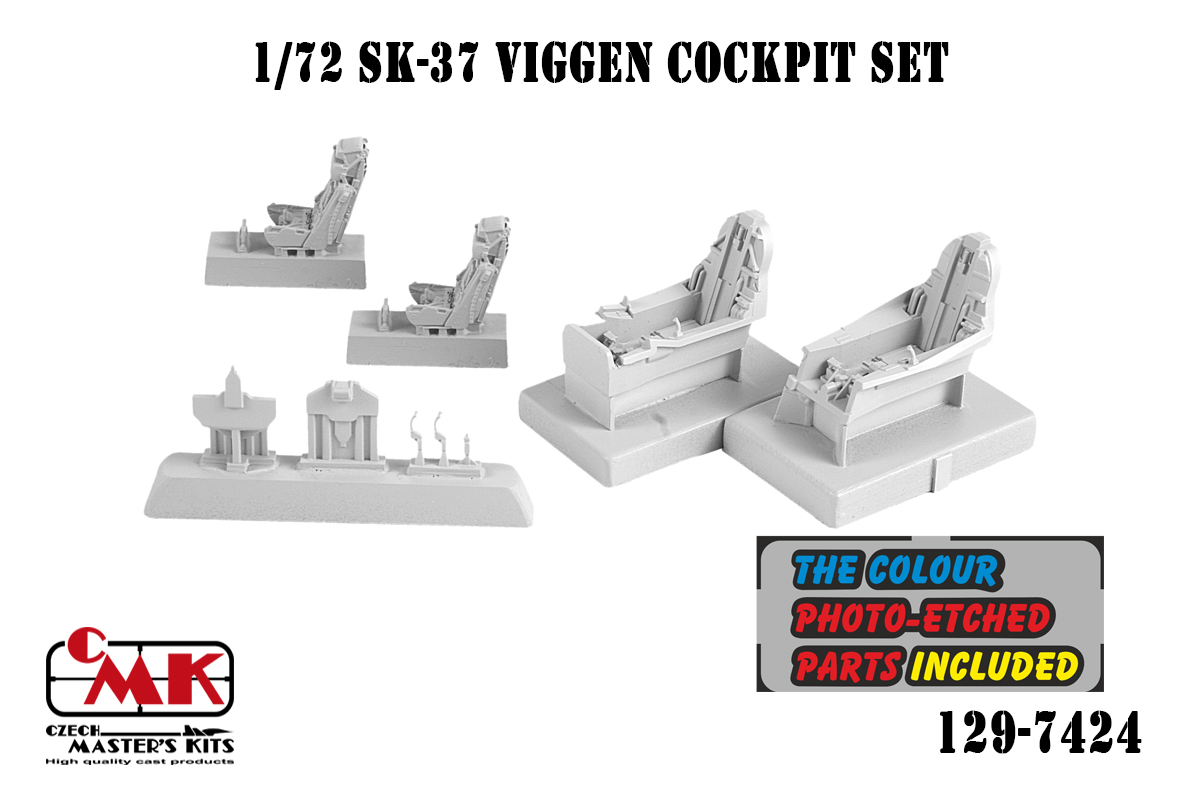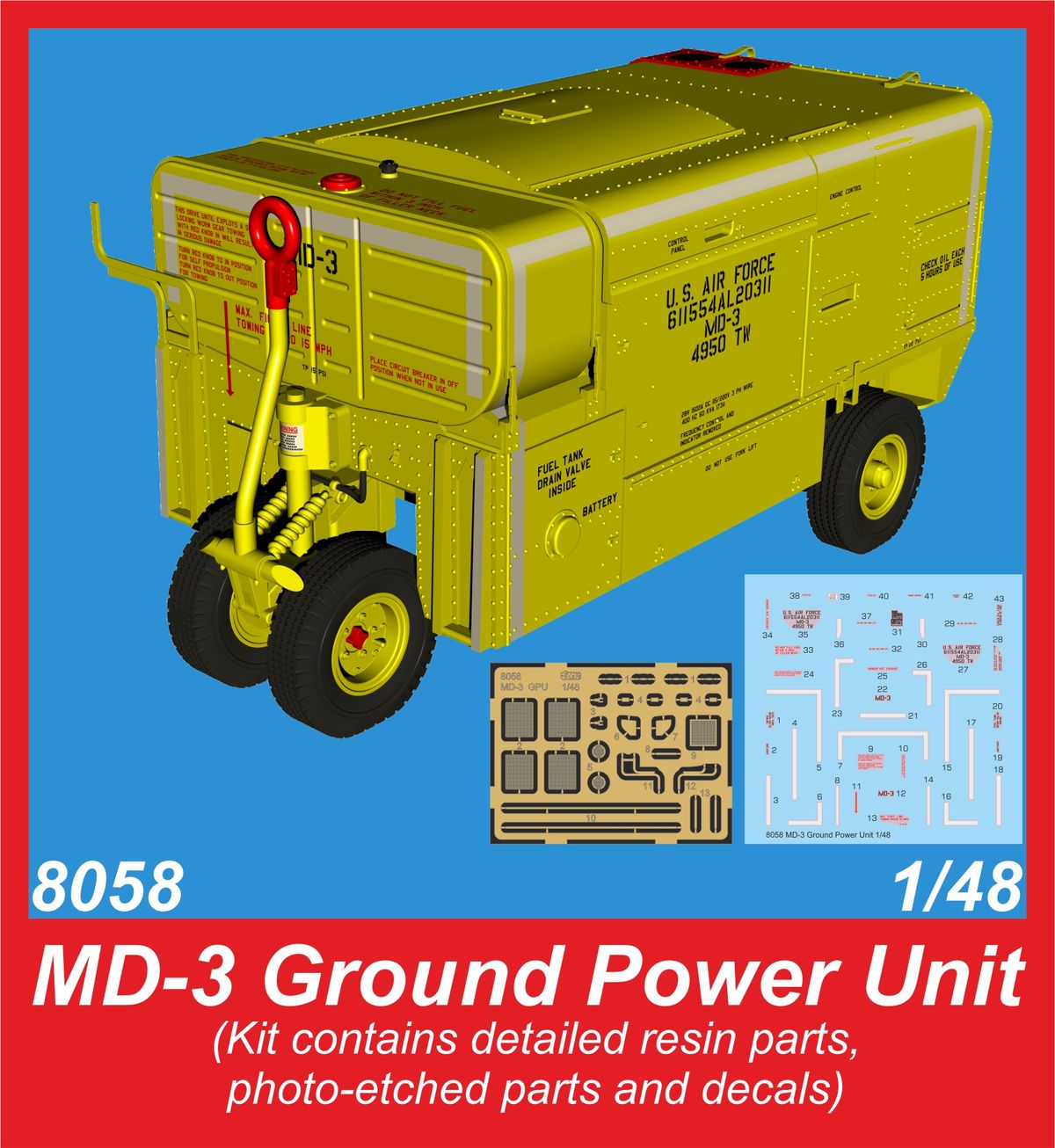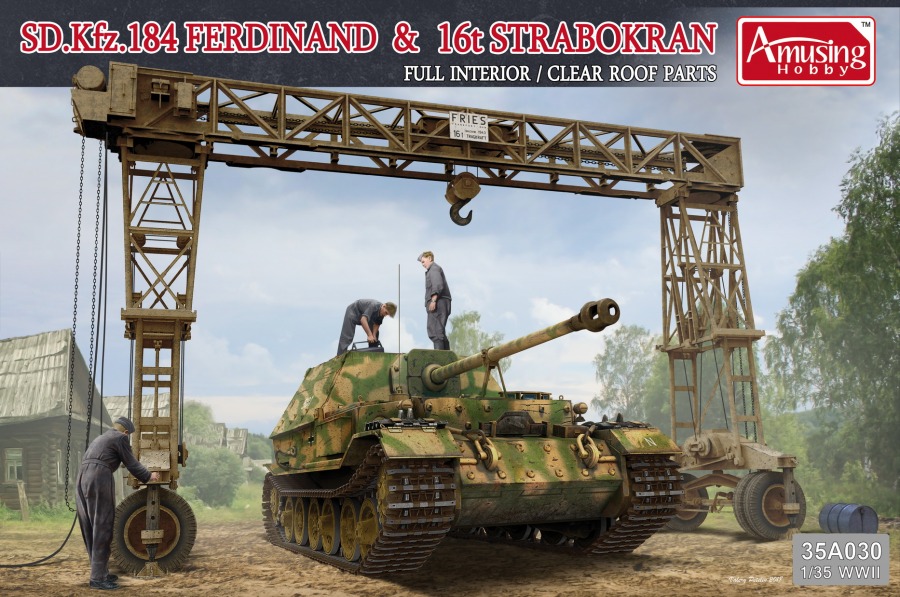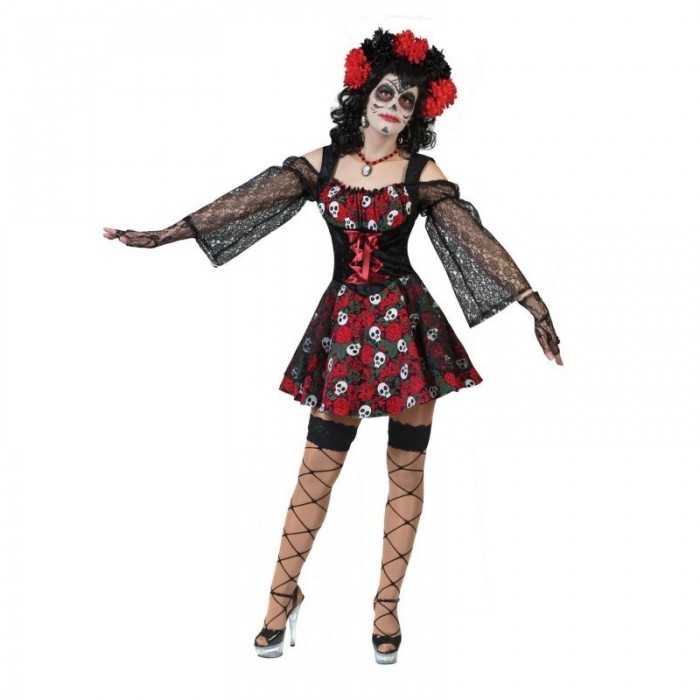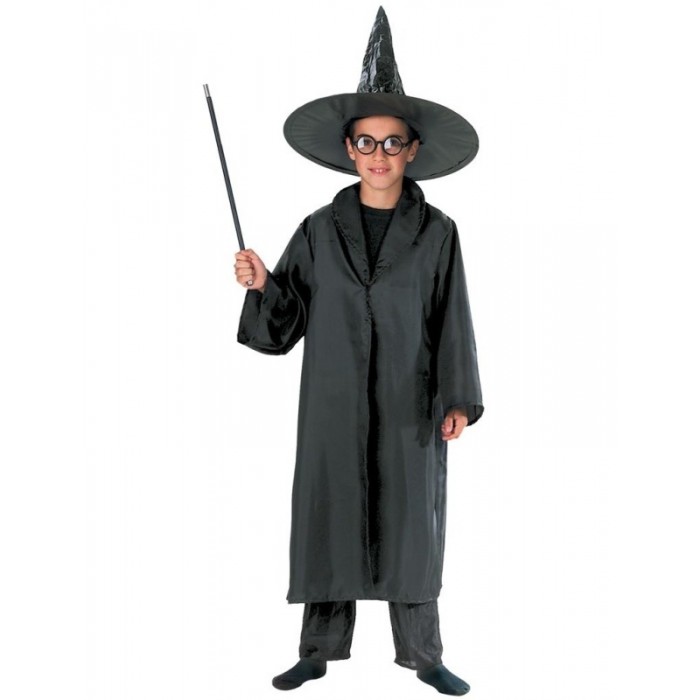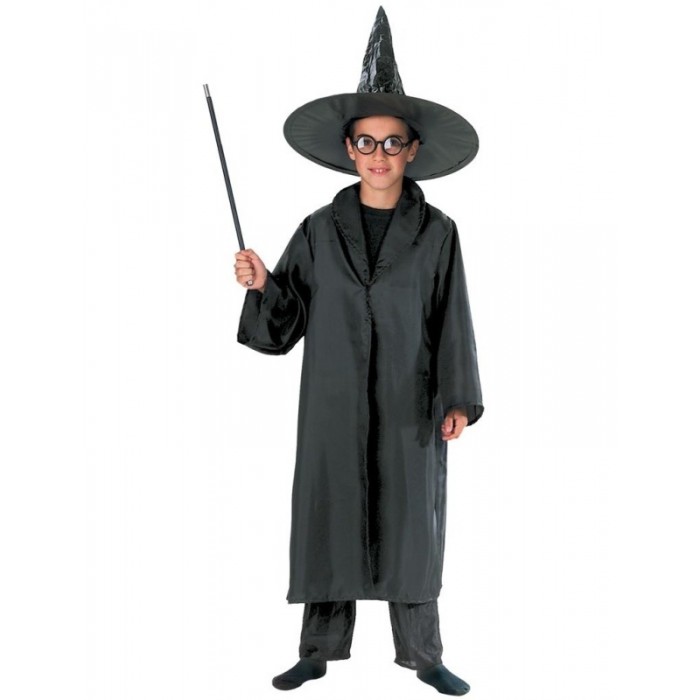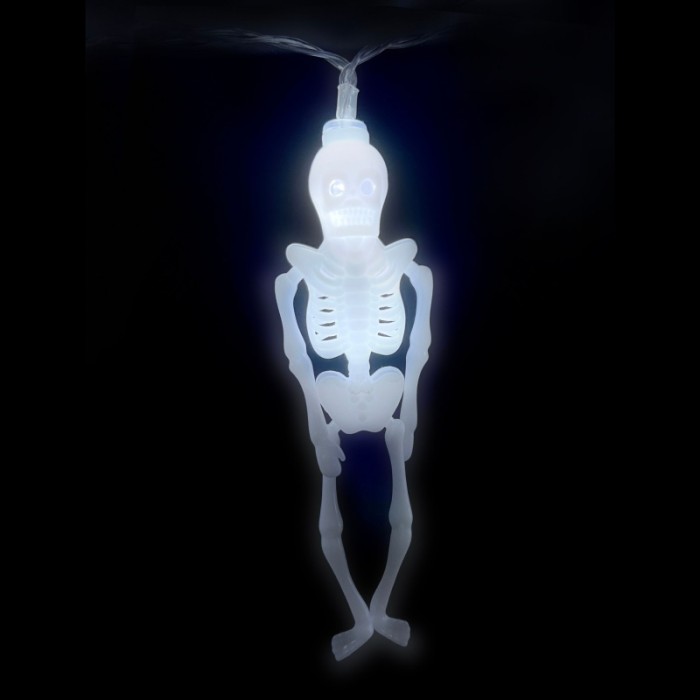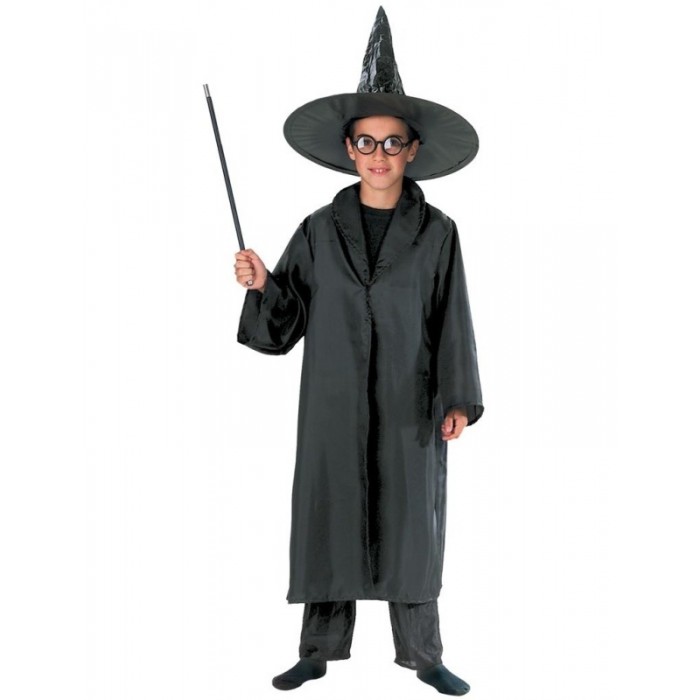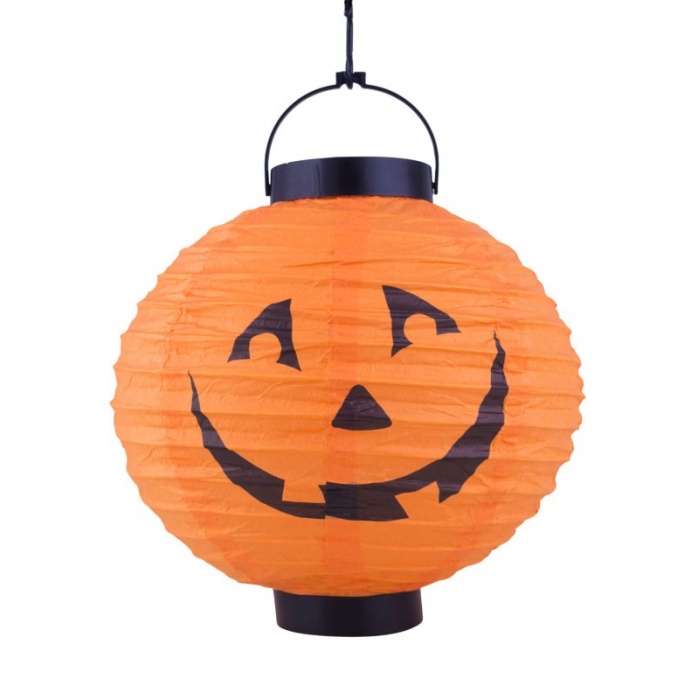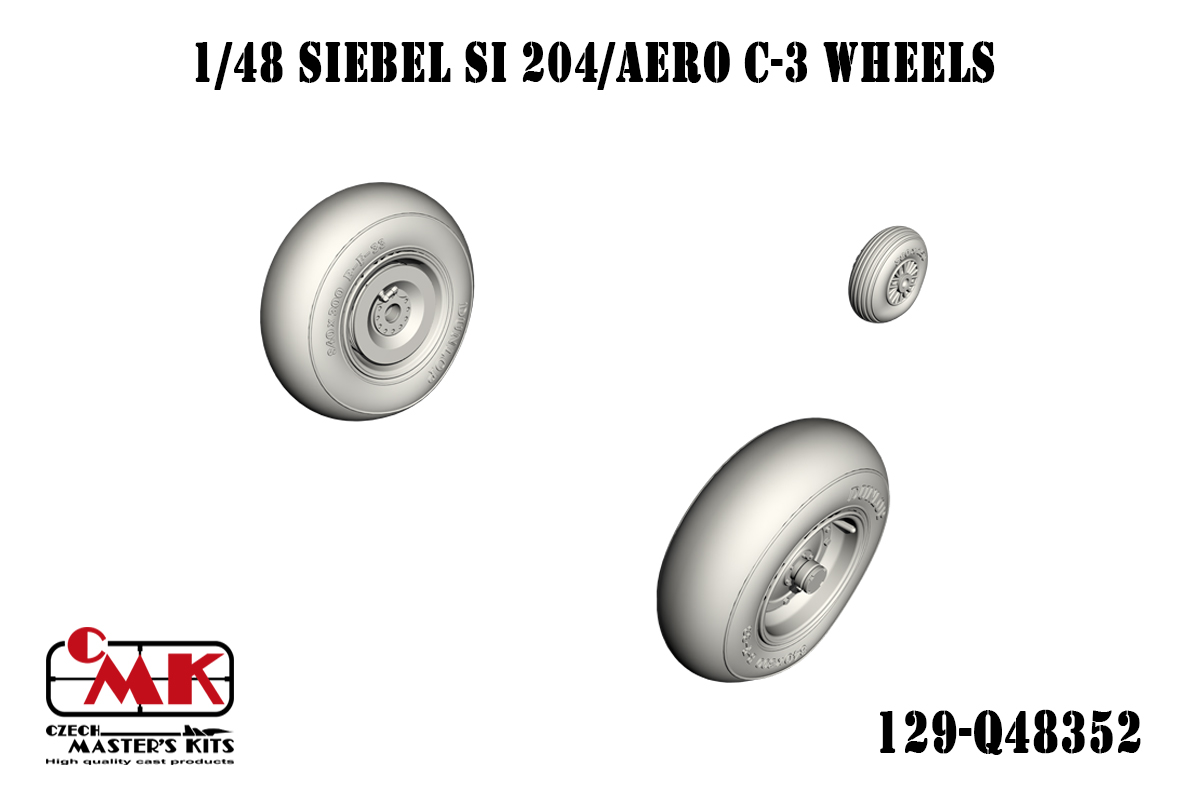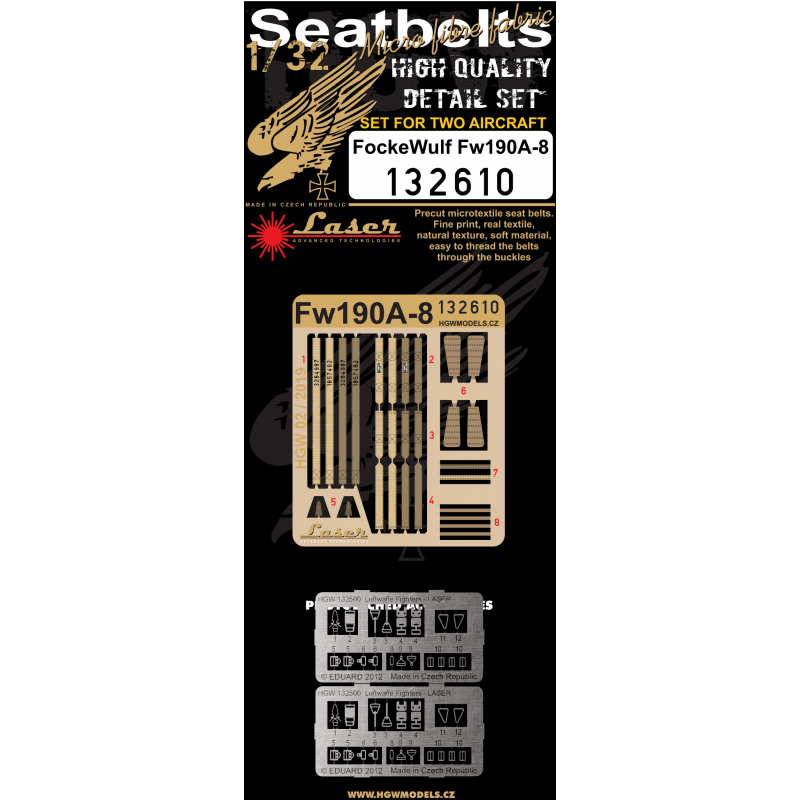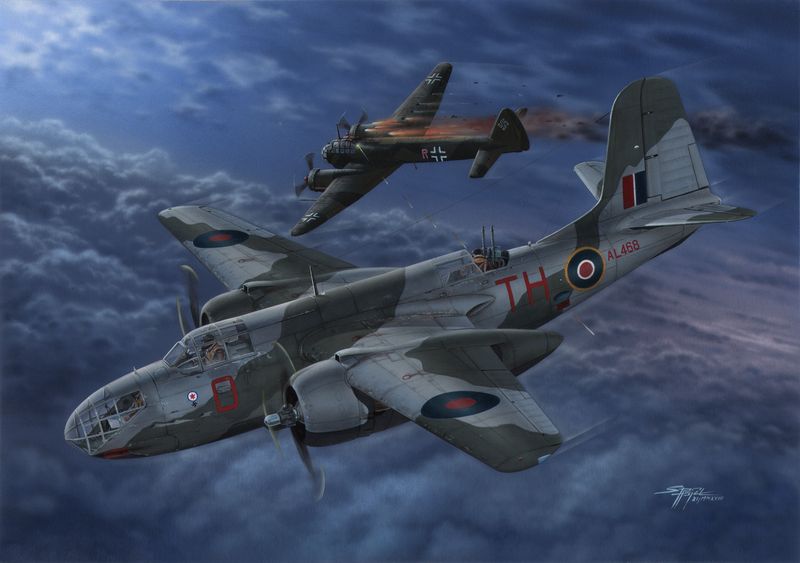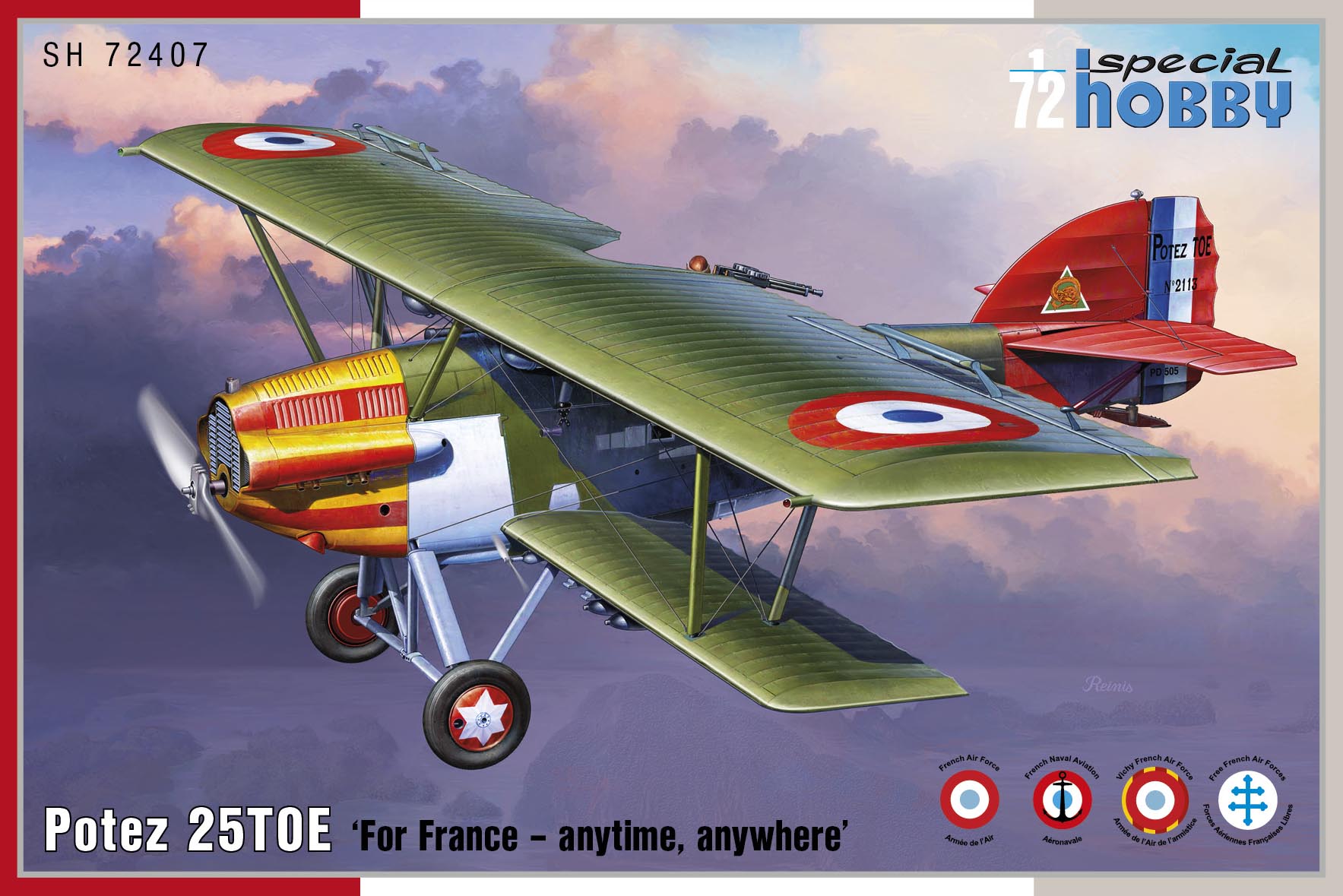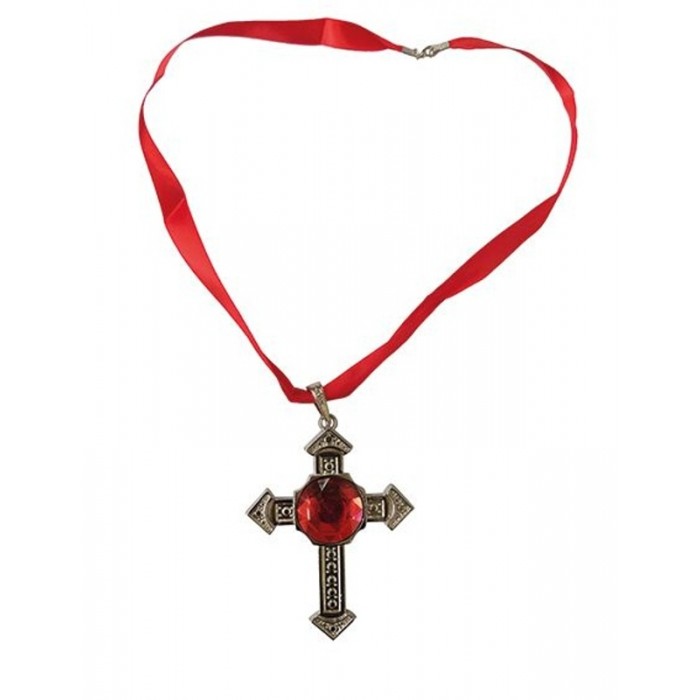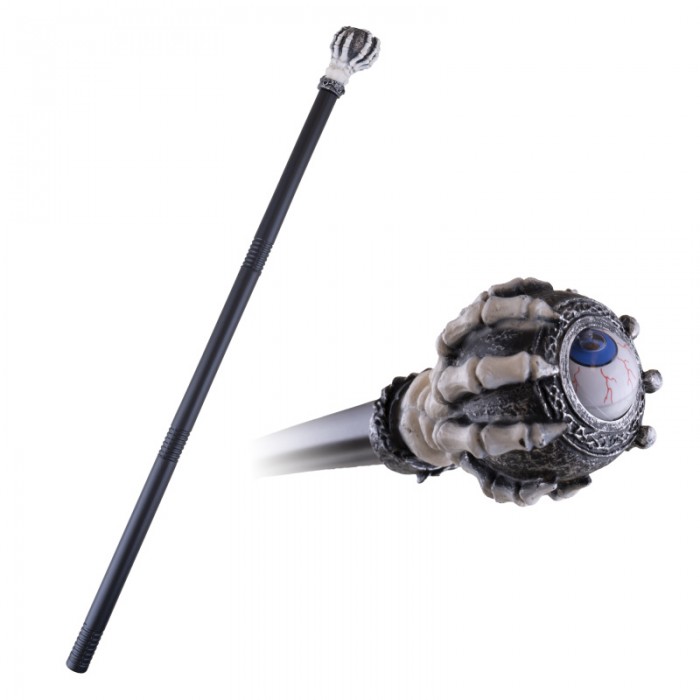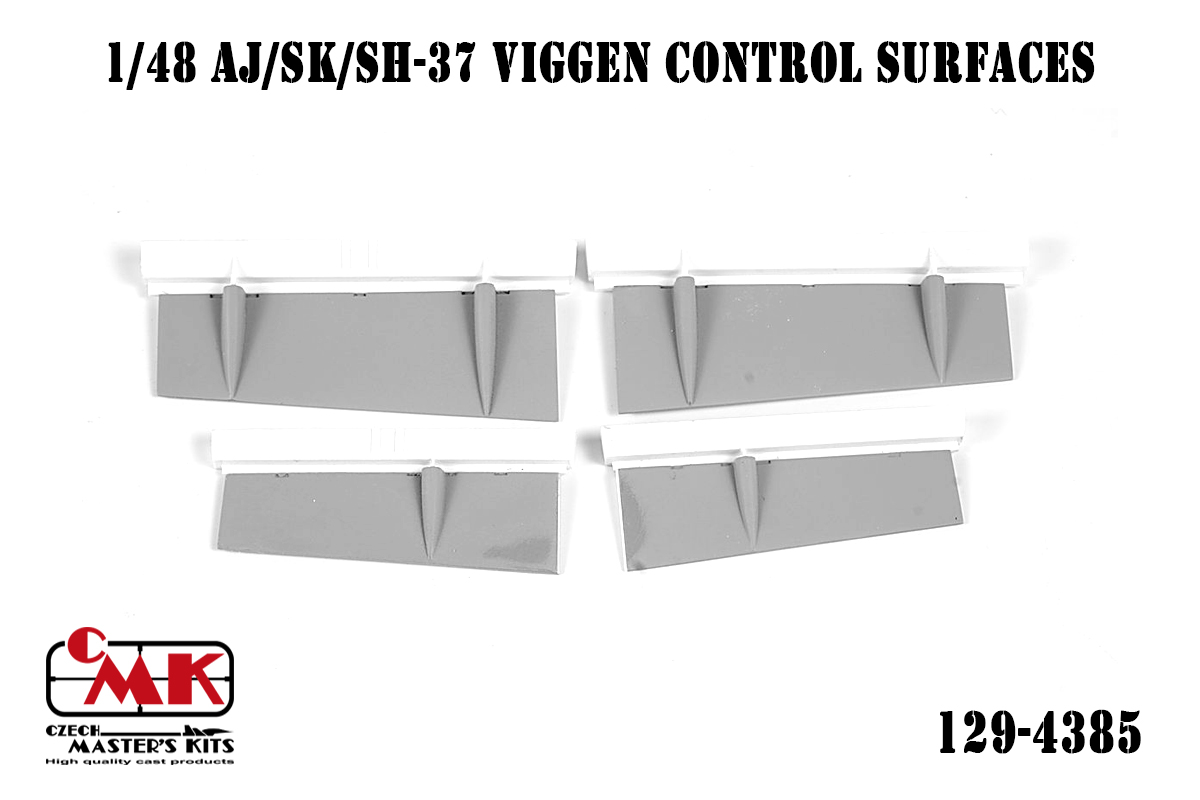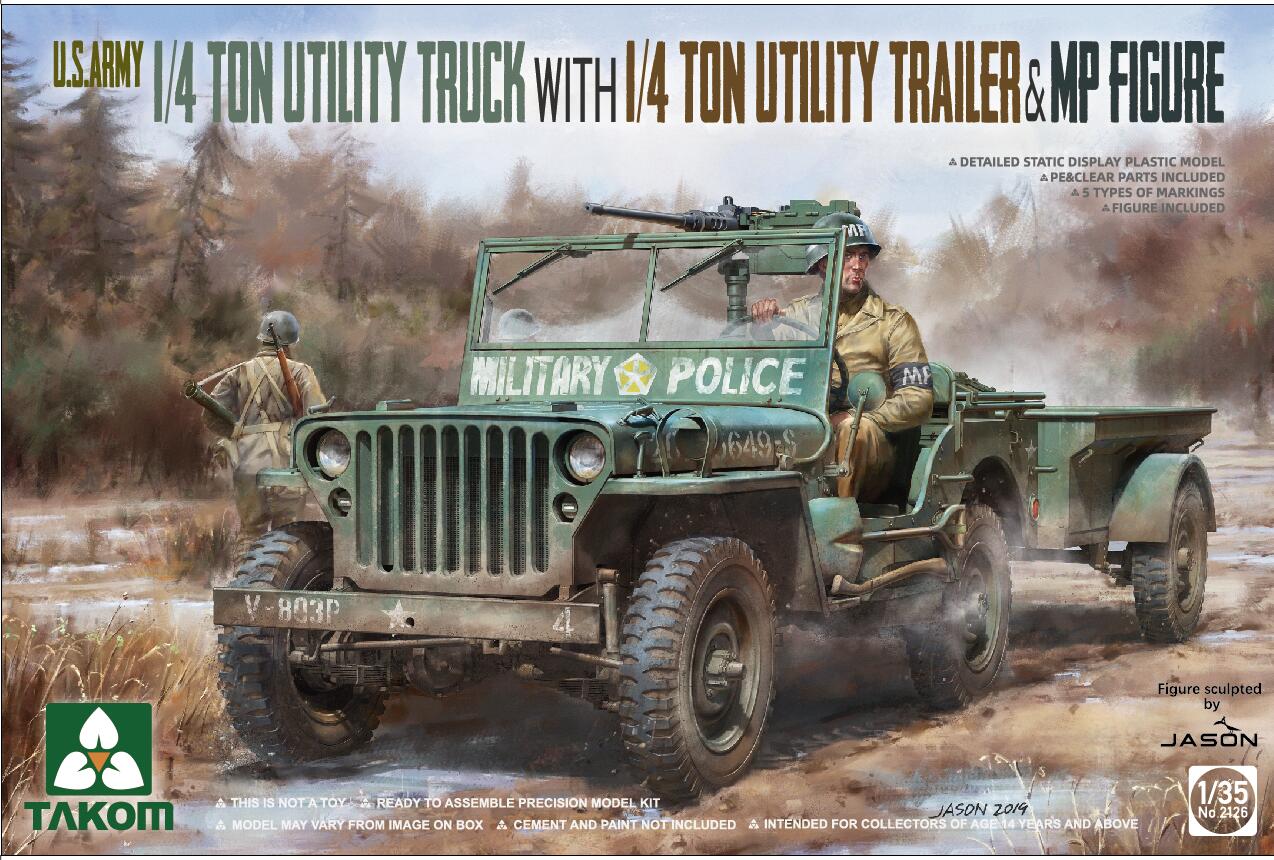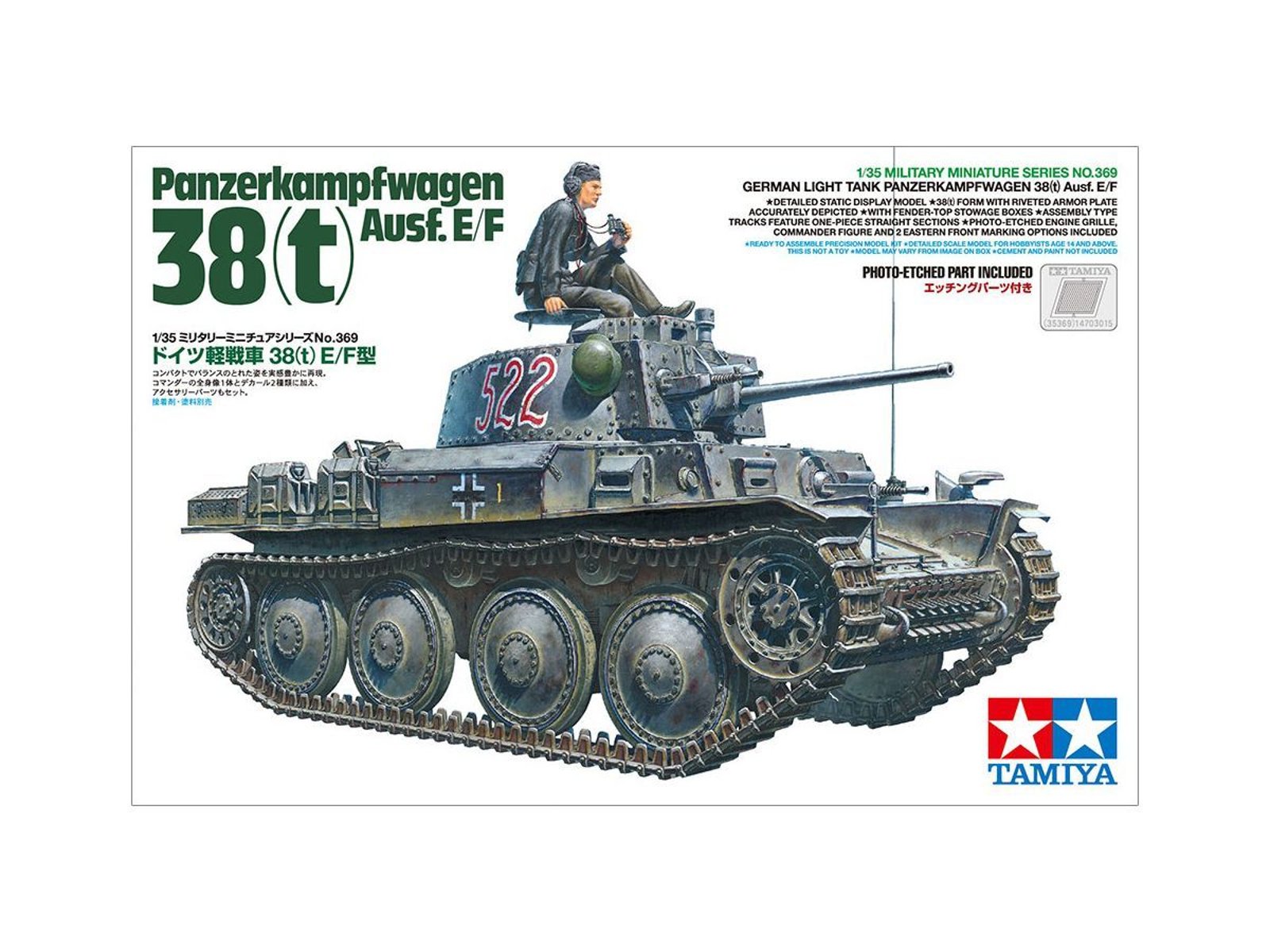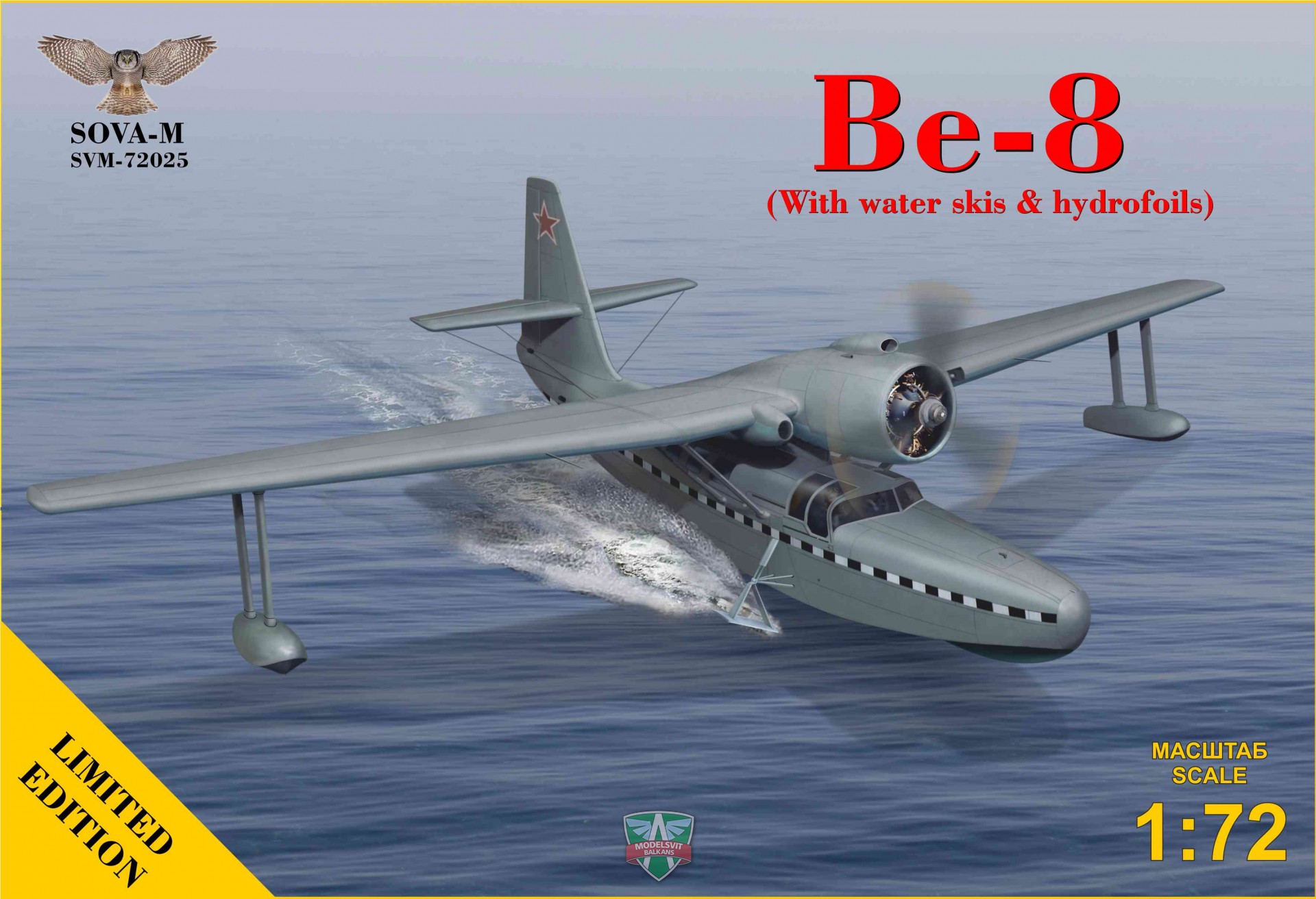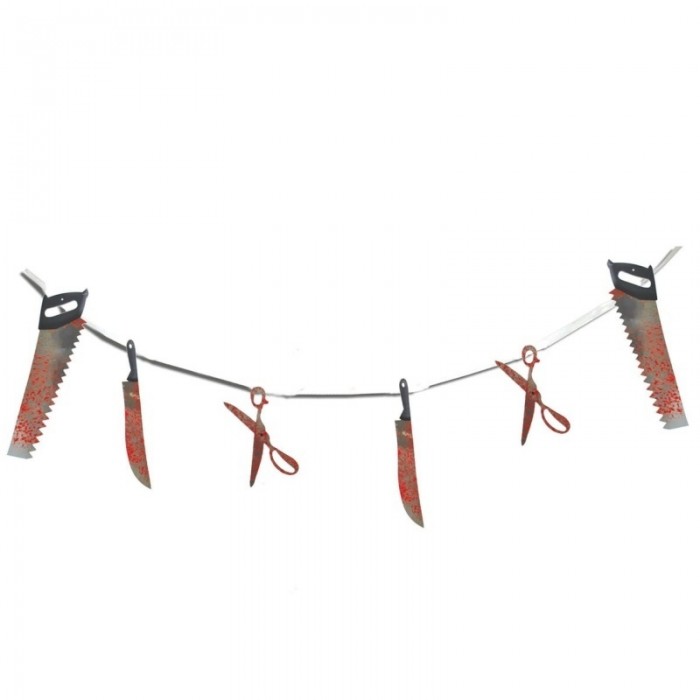Celkem 2161 produktů
1/35 3cm Flakvierling 103/38. The Mk103/38 was a late-war, four-gun installation of the Mk103 3cm gun from Rheinmetall Borsig. The Mk103 was an electrically fired, recoil and gas-operated automatic cannon designed to be used as a dual-purpose weapon against air and ground targets.The Mk103 had a rate of fire of 280 rounds per minute using high explosive (HE) rounds, and 420 rounds per minute when firing Armor Piercing rounds.The experimental Mk103/38 four-gun installation proved troublesome due to fact that the mount was originally designed for the smaller 2cm Flak 38, and heavy vibration took it’s toll on both the equipment and the crew aiming the weapon.
1/35 3cm Flakvierling 103/38. The Mk103/38 was a late-war, four-gun installation of the Mk103 3cm gun from Rheinmetall Borsig. The Mk103 was an electrically fired, recoil and gas-operated automatic cannon designed to be used as a dual-purpose weapon against air and ground targets.The Mk103 had a rate of fire of 280 rounds per minute using high explosive (HE) rounds, and 420 rounds per minute when firing Armor Piercing rounds.The experimental Mk103/38 four-gun installation proved troublesome due to fact that the mount was originally designed for the smaller 2cm Flak 38, and heavy vibration took it’s toll on both the equipment and the crew aiming the weapon.
1/48 Blenheim Mk.I Engine Intakes. The Mercury engine which were fitted to the Blenheim had a specific feature, the tubular air intakes mounted between the engine cylinders. There were two styles, one plain, the other with funnel-shaped front end, both of which we offer in this set. There are also the lower cowl air intakes added to this set, they are desingned as one-piece item which directly replace the kit intakes, offer better details and do not require to be glued and filled. Designed for Airfix kit. Country of origin: UK / WWII
1/48 Blenheim Mk.I Engine Intakes. The Mercury engine which were fitted to the Blenheim had a specific feature, the tubular air intakes mounted between the engine cylinders. There were two styles, one plain, the other with funnel-shaped front end, both of which we offer in this set. There are also the lower cowl air intakes added to this set, they are desingned as one-piece item which directly replace the kit intakes, offer better details and do not require to be glued and filled. Designed for Airfix kit. Country of origin: UK / WWII
1/72 A-20 Havoc/Wing Racks and Bombs. The A-20 Havoc bombers of the USAAF, and mainly those flown over Europe, were able to carry their bomb load not just internally in the fuselage bomb bays, but under their wings too, using specially designed bomb racks. These racks were uniquely shaped and braced on one side to the wings This set is designed to fit any of the Special Hobby/MPM A-20s, offers the racks as well as the bombs and consists of resin and photo etched parts Operators: USA/WWII, post-WWII
1/72 A-20 Havoc/Wing Racks and Bombs. The A-20 Havoc bombers of the USAAF, and mainly those flown over Europe, were able to carry their bomb load not just internally in the fuselage bomb bays, but under their wings too, using specially designed bomb racks. These racks were uniquely shaped and braced on one side to the wings This set is designed to fit any of the Special Hobby/MPM A-20s, offers the racks as well as the bombs and consists of resin and photo etched parts Operators: USA/WWII, post-WWII
Plastikový model letadla 1/72 SMB-2 Super Mystere Duo Pack & Book. The SMB.2 is a French jet fighter aeroplane of the 1960s which saw service not just with the French Air Force, but in Israel and Honduras too and made its name mainly in combat missions flown by Israeli pilots over the Middle East. The box contains two complete kits of the Super Mystere / Sa’ar jet and a really superb photographic book on the type from Ra’anan Weiss of Isradecal. two nicely detailed and very accurate model kits in one box, each of which offers both engine tail pipe versions.decal sheets printed to maximum quality by Italian Cartograf bring two French, three Israeli and one Honduran marking options.the kit also offers a superb photographic take on the type with plethora of preciusly unpublished photos charting its service with the IAFresin cast hot seat for the Honduran option. France / Israel / Honduras / post WWII
Plastikový model letadla 1/72 SMB-2 Super Mystere Duo Pack & Book. The SMB.2 is a French jet fighter aeroplane of the 1960s which saw service not just with the French Air Force, but in Israel and Honduras too and made its name mainly in combat missions flown by Israeli pilots over the Middle East. The box contains two complete kits of the Super Mystere / Sa’ar jet and a really superb photographic book on the type from Ra’anan Weiss of Isradecal. two nicely detailed and very accurate model kits in one box, each of which offers both engine tail pipe versions.decal sheets printed to maximum quality by Italian Cartograf bring two French, three Israeli and one Honduran marking options.the kit also offers a superb photographic take on the type with plethora of preciusly unpublished photos charting its service with the IAFresin cast hot seat for the Honduran option. France / Israel / Honduras / post WWII
1/72 SK-37 Viggen Cockpit Set. For the new 1/72 Viggen kit, respectively for the SK-37 two seater version produced by Special Hobby / Tarangus, a complete cockpit set has been designed by CMK, with the new resin parts directly replacing the original styrene ones, no surgery is needed at all. The master parts were designed and produced using our 3D technology. The set also contains a pre-painted photo-etched fret. Country of origin: Sweden / modern
1/48 MD-3 Ground Power Unit. The MD-3 ground power unit was used throughout the 50s and 60s to generate electric power for starting up engines of such USAF aircraft as were the B-47, T-33 and many other with the same power requirements. The master parts of our kit have been 3D designed and produced on a 3D printer. The set also contains a PE fret and a sheet of decals. Operators: USA/modern
1/48 MD-3 Ground Power Unit. The MD-3 ground power unit was used throughout the 50s and 60s to generate electric power for starting up engines of such USAF aircraft as were the B-47, T-33 and many other with the same power requirements. The master parts of our kit have been 3D designed and produced on a 3D printer. The set also contains a PE fret and a sheet of decals. Operators: USA/modern
1/72 SK-37 Viggen Cockpit Set. For the new 1/72 Viggen kit, respectively for the SK-37 two seater version produced by Special Hobby / Tarangus, a complete cockpit set has been designed by CMK, with the new resin parts directly replacing the original styrene ones, no surgery is needed at all. The master parts were designed and produced using our 3D technology. The set also contains a pre-painted photo-etched fret. Country of origin: Sweden / modern
1/35 Sd.Kfz.184 Ferdinand & 16t Strabokran. DESCRIPTION This is an injection-plastic military vehicle model kit. From Amusing Hobby comes a 2-in-1 kit of the Ferdinand Jagdpanzer Sd.Kfz. 184 and 16t Strabokran! The characteristic feature of the Ferdinand was that it was generated by two gasoline engines and driven by an electric motor. By using a motor as the driving unit, no transmission was required. In the past, this vehicle was said to have a lot of breakdowns for this reason, but some recent documents have reported that there were fewer breakdowns than some vehicles equipped with transmissions. On the Eastern Front, the Ferdinand's appearance had a great impact. Strabokrans are gate-type mobile cranes used by German field maintenance teams during tank maintenance and repairs. About 100 units were manufactured and used in German armored divisions and heavy tank battalions. Kit features: The Ferdinand's interior layout can be enjoyed even after completion thanks to the included transparent parts. The kit recreates the precise details of the Strabokran, and it can assembled in its working state. [Mold Color]: Tan, brown [Includes]: Clear parts, photo-etched parts Release Date:Sep 2019 Item Size/Weight:39.8cm x 26.3cm x 19.5cm / 1680g
1/35 Sd.Kfz.184 Ferdinand & 16t Strabokran. DESCRIPTION This is an injection-plastic military vehicle model kit. From Amusing Hobby comes a 2-in-1 kit of the Ferdinand Jagdpanzer Sd.Kfz. 184 and 16t Strabokran! The characteristic feature of the Ferdinand was that it was generated by two gasoline engines and driven by an electric motor. By using a motor as the driving unit, no transmission was required. In the past, this vehicle was said to have a lot of breakdowns for this reason, but some recent documents have reported that there were fewer breakdowns than some vehicles equipped with transmissions. On the Eastern Front, the Ferdinand's appearance had a great impact. Strabokrans are gate-type mobile cranes used by German field maintenance teams during tank maintenance and repairs. About 100 units were manufactured and used in German armored divisions and heavy tank battalions. Kit features: The Ferdinand's interior layout can be enjoyed even after completion thanks to the included transparent parts. The kit recreates the precise details of the Strabokran, and it can assembled in its working state. [Mold Color]: Tan, brown [Includes]: Clear parts, photo-etched parts Release Date:Sep 2019 Item Size/Weight:39.8cm x 26.3cm x 19.5cm / 1680g
Plastikový model letadla 1/32 T-33 'Japan and South American T-Birds'. Model of one of the most famous trainer aeroplane ever built in the US, no else jet trainer has been produced in larger numbers than the T-33. With the exception of Antarctica and Australia, the T-bird was operated world-wide. The kit offers – six styrene sprues, one sprue with clear parts, full colour instruction manual, pre-painted photo etches, resin cast details and a sheet of decals. Nicely detailed model Etches and resin set already in the box Famous machine wearing unique colour schemes Decals offer a sharkmouthed machine flown in Guatemala, a Peruvian T-33 and one as operated by the JASDF. Country of origin: USA / Modern
Plastikový model letadla 1/32 T-33 'Japan and South American T-Birds'. Model of one of the most famous trainer aeroplane ever built in the US, no else jet trainer has been produced in larger numbers than the T-33. With the exception of Antarctica and Australia, the T-bird was operated world-wide. The kit offers – six styrene sprues, one sprue with clear parts, full colour instruction manual, pre-painted photo etches, resin cast details and a sheet of decals. Nicely detailed model Etches and resin set already in the box Famous machine wearing unique colour schemes Decals offer a sharkmouthed machine flown in Guatemala, a Peruvian T-33 and one as operated by the JASDF. Country of origin: USA / Modern
1/48 Siebel Si 204/Aero C-3 Wheels . Main undercarriage wheels and the tailwheel finely cast in resin bring much higher levels of detail to the genuine star of our 2019 range, the 1/48 Siebel Si 204D. Can be used with the upcoming Czech and French versions of the Siebel as well. Country of origin: Germany / WWII
1/48 Siebel Si 204/Aero C-3 Wheels . Main undercarriage wheels and the tailwheel finely cast in resin bring much higher levels of detail to the genuine star of our 2019 range, the 1/48 Siebel Si 204D. Can be used with the upcoming Czech and French versions of the Siebel as well. Country of origin: Germany / WWII
1/32 Focke Wulf Fw 190A-8 - Fabric Seat Belts - pre-cut (laser). The set contains complete belts for two aircrafts. Accessory designed for your plastic model Fw190A-8. Seat belts from HGW Models are laser-cut so it is easy-to-use product. Set contains micro fabric belts and photo etched buckles suitable for large scale planes in 1/32 scale. ACCESSORY FEATURES contains micro-fabric and photo-etched highly detailed partsbelts are fully functional - modeler can leave them un/fastenedmade from printed micro-fabric material which behaves like a piece of ragtextile parts are prepared for using filters and other agents (they are waterproof and resistant to common nonaggresive modeling preparations INSTRUCTIONS Take the precut textile part out of the sheet.Remove the carrier paper.Bunch the belts up and knead them between the fingers.Thread the belts through the photo etched buckles – use superglue.Put them into the seat.Spray with glossy varnish.Spray with matt varnish.Impregnate the seat belts with very diluted oil colour (mix of black and brown) > texture highlight.
1/32 Focke Wulf Fw 190A-8 - Fabric Seat Belts - pre-cut (laser). The set contains complete belts for two aircrafts. Accessory designed for your plastic model Fw190A-8. Seat belts from HGW Models are laser-cut so it is easy-to-use product. Set contains micro fabric belts and photo etched buckles suitable for large scale planes in 1/32 scale. ACCESSORY FEATURES contains micro-fabric and photo-etched highly detailed partsbelts are fully functional - modeler can leave them un/fastenedmade from printed micro-fabric material which behaves like a piece of ragtextile parts are prepared for using filters and other agents (they are waterproof and resistant to common nonaggresive modeling preparations INSTRUCTIONS Take the precut textile part out of the sheet.Remove the carrier paper.Bunch the belts up and knead them between the fingers.Thread the belts through the photo etched buckles – use superglue.Put them into the seat.Spray with glossy varnish.Spray with matt varnish.Impregnate the seat belts with very diluted oil colour (mix of black and brown) > texture highlight.
Plastikový model letadla 1/72 Boston MK.III Intruder. Model of the US WW2 two-engined aircraft in a version used by the British in the night fighter and intruder roles. The kit consists of seven styrene sprues which feature also the underbelly machine gun pod for the Intruder machines and the Havoc Mk.II night fighter style nose section, one clear styrene sprue, decal sheet, resin parts and photo etches. this version has never been kitted before decals cater for four marking schemes, two Intruders and two Havoc Mk.III‘s photo etched antenna array parts finely detailed Hedgehog style exhausts Country of origin: UK / WWII
Plastikový model letadla 1/72 Boston MK.III Intruder. Model of the US WW2 two-engined aircraft in a version used by the British in the night fighter and intruder roles. The kit consists of seven styrene sprues which feature also the underbelly machine gun pod for the Intruder machines and the Havoc Mk.II night fighter style nose section, one clear styrene sprue, decal sheet, resin parts and photo etches. this version has never been kitted before decals cater for four marking schemes, two Intruders and two Havoc Mk.III‘s photo etched antenna array parts finely detailed Hedgehog style exhausts Country of origin: UK / WWII
Plastikový model letadla 1/72 Potez 25 TOE - 'For France - any time, any where'. The Potez 25 biplanes enjoyed long and faithful service with the French military, it lasted from the 1920s until the end of WW2. The TOE version of the biplane was primarily destined to fly in the France’s overseas colonies. The kit offers four interesting and colourful scheme options, a Vichy machine boasting distinctive red-yellow stripes which saw service in French Indochina in 1942, a pre-war airframe with white stripes on its top wing, an Aeronavale machine which was operated over mainland France in 1940 and finally a Free French Potez as used in Syria in 1944. highly accurate and nicely detailed model four machines illustrating the type’s long service for France meticulously designed decal sheet photo-etched parts are included too Operators: France/pre WWII-WWII
Plastikový model letadla 1/72 Potez 25 TOE - 'For France - any time, any where'. The Potez 25 biplanes enjoyed long and faithful service with the French military, it lasted from the 1920s until the end of WW2. The TOE version of the biplane was primarily destined to fly in the France’s overseas colonies. The kit offers four interesting and colourful scheme options, a Vichy machine boasting distinctive red-yellow stripes which saw service in French Indochina in 1942, a pre-war airframe with white stripes on its top wing, an Aeronavale machine which was operated over mainland France in 1940 and finally a Free French Potez as used in Syria in 1944. highly accurate and nicely detailed model four machines illustrating the type’s long service for France meticulously designed decal sheet photo-etched parts are included too Operators: France/pre WWII-WWII
1/48 AJ/SK/SH-37 Viggen Control Surfaces. While on the ground, the Viggen has its elevons, the main wing control surfaces in down position. As the Special Hobby / Tarangus model lacks this feature, we have designed this special resin cast set to enable the modeller to portray their Viggen of AJ, SK and SH versions with these flaps deployed. Country of origin: Sweden / Modern
1/48 AJ/SK/SH-37 Viggen Control Surfaces. While on the ground, the Viggen has its elevons, the main wing control surfaces in down position. As the Special Hobby / Tarangus model lacks this feature, we have designed this special resin cast set to enable the modeller to portray their Viggen of AJ, SK and SH versions with these flaps deployed. Country of origin: Sweden / Modern
1/35 US Army Jeep + trailer & MP figure. Powered by a 60hp engine, the U.S. Army 1/4-ton trucks were wildly popular off-road capable light utility vehicles, built in large numbers to a standardized design from 1941 to 1945, for the Allied forces in World War II. With an operational range of 300 miles, the 1/4-ton truck became the primary light wheeled transport vehicle of the United States military and its allies in World War II, as well as the postwar period. About 650,000 units were built, constituting a quarter of the total U.S. non-combat motor vehicles produced during the war, with large numbers being provided to U.S. allies. Release Date:Aug 2019 Item Size/Weight:30.3cm x 20.0cm x 5.0cm / 250g
1/35 US Army Jeep + trailer & MP figure. Powered by a 60hp engine, the U.S. Army 1/4-ton trucks were wildly popular off-road capable light utility vehicles, built in large numbers to a standardized design from 1941 to 1945, for the Allied forces in World War II. With an operational range of 300 miles, the 1/4-ton truck became the primary light wheeled transport vehicle of the United States military and its allies in World War II, as well as the postwar period. About 650,000 units were built, constituting a quarter of the total U.S. non-combat motor vehicles produced during the war, with large numbers being provided to U.S. allies. Release Date:Aug 2019 Item Size/Weight:30.3cm x 20.0cm x 5.0cm / 250g
1/72 KDA-2 type 88-2 scout. The Beriev Be-8 (USAF/DoD reporting name “Type 33”, NATO reporting name “Mole”), was built by the Soviet Beriev OKB in 1947. It was a passenger/liaison amphibian aircraft with a layout similar to the Be-4 but substantially larger and heavier. It was a single engine parasol with the wing installed on a thin pylon and a pair of short struts. Compared to the Be-4, the Be-8 was equipped with retractable landing gear, and pilot and passenger cabins had heating utilizing engine heat. The Be-8 was intended as a civil aircraft and carried no armament. First flight was on December 3, demonstrating good performance. Two experimental aircraft were built, and one was demonstrated during 1951 Soviet Aviation Day at Tushino.One of Be-8 was equipped with hydrofoils, developed at TsAGI. These “Underwater Wings” were installed on landing gear struts and pushed aircraft above the water well before it could be done by the wing lift force. As a result, takeoff was much easier and imposed less punishment on the hull from the waves. Despite very effective during takeoff hydrofoils had negative impact on flight speed. Construction of retractable hydrofoils was not ready, and the concept did not find practical applications.
1/72 BHU-6B / UF-2 "Albatross" (Japan Maritime Self-Defense Force). The Beriev Be-8 (USAF/DoD reporting name “Type 33”, NATO reporting name “Mole”), was built by the Soviet Beriev OKB in 1947. It was a passenger/liaison amphibian aircraft with a layout similar to the Be-4 but substantially larger and heavier. It was a single engine parasol with the wing installed on a thin pylon and a pair of short struts. Compared to the Be-4, the Be-8 was equipped with retractable landing gear, and pilot and passenger cabins had heating utilizing engine heat. The Be-8 was intended as a civil aircraft and carried no armament. First flight was on December 3, demonstrating good performance. Two experimental aircraft were built, and one was demonstrated during 1951 Soviet Aviation Day at Tushino.One of Be-8 was equipped with hydrofoils, developed at TsAGI. These “Underwater Wings” were installed on landing gear struts and pushed aircraft above the water well before it could be done by the wing lift force. As a result, takeoff was much easier and imposed less punishment on the hull from the waves. Despite very effective during takeoff hydrofoils had negative impact on flight speed. Construction of retractable hydrofoils was not ready, and the concept did not find practical applications.
1/72 BHU-6B / UF-2 "Albatross" (Japan Maritime Self-Defense Force). The Beriev Be-8 (USAF/DoD reporting name “Type 33”, NATO reporting name “Mole”), was built by the Soviet Beriev OKB in 1947. It was a passenger/liaison amphibian aircraft with a layout similar to the Be-4 but substantially larger and heavier. It was a single engine parasol with the wing installed on a thin pylon and a pair of short struts. Compared to the Be-4, the Be-8 was equipped with retractable landing gear, and pilot and passenger cabins had heating utilizing engine heat. The Be-8 was intended as a civil aircraft and carried no armament. First flight was on December 3, demonstrating good performance. Two experimental aircraft were built, and one was demonstrated during 1951 Soviet Aviation Day at Tushino.One of Be-8 was equipped with hydrofoils, developed at TsAGI. These “Underwater Wings” were installed on landing gear struts and pushed aircraft above the water well before it could be done by the wing lift force. As a result, takeoff was much easier and imposed less punishment on the hull from the waves. Despite very effective during takeoff hydrofoils had negative impact on flight speed. Construction of retractable hydrofoils was not ready, and the concept did not find practical applications.
1/72 KDA-2 type 88 light bomber. The Beriev Be-8 (USAF/DoD reporting name “Type 33”, NATO reporting name “Mole”), was built by the Soviet Beriev OKB in 1947. It was a passenger/liaison amphibian aircraft with a layout similar to the Be-4 but substantially larger and heavier. It was a single engine parasol with the wing installed on a thin pylon and a pair of short struts. Compared to the Be-4, the Be-8 was equipped with retractable landing gear, and pilot and passenger cabins had heating utilizing engine heat. The Be-8 was intended as a civil aircraft and carried no armament. First flight was on December 3, demonstrating good performance. Two experimental aircraft were built, and one was demonstrated during 1951 Soviet Aviation Day at Tushino.One of Be-8 was equipped with hydrofoils, developed at TsAGI. These “Underwater Wings” were installed on landing gear struts and pushed aircraft above the water well before it could be done by the wing lift force. As a result, takeoff was much easier and imposed less punishment on the hull from the waves. Despite very effective during takeoff hydrofoils had negative impact on flight speed. Construction of retractable hydrofoils was not ready, and the concept did not find practical applications.
1/35 Panzerkampfwagen 38(t) Ausf.E/F. This is an injection-plastic military vehicle model kit. From Tamiya: After the effective annexation of Czechoslovakia by Nazi Germany in 1939, German forces were interested enough in the native Czech LTvz38 light tank that they took it on and ordered production under their own categorization of 38(t), a light tank with riveted, welded armor and a perky 3.7cm gun. Early production 38(t)s took part in the early German offensives of the war, and the 38(t) underwent continued development with 1,400 produced in total. Ausf.E and F 38(t)s had additional armor across the vehicle for better survivability and were deployed during the early stages of Operation Barbarossa as Nazi Germany once again invaded a neighbor, this time the Soviet Union. About the Model Length: 132mm, width: 62mm The 38(t) form with riveted armor plate is accurately depicted. Parts are included to recreate fender-top stowage boxes that were often added by units on the front line. Assembly type tracks feature single-piece straight sections for fine reproduction of upper run 'sag.' Engine grille mesh is rendered faithfully using a photo-etched component. Comes with a commander figure for installation in the hatch, and two Eastern Front marking options.
1/72 Be-8 passenger amphibian aircraft. The Beriev Be-8 (USAF/DoD reporting name “Type 33”, NATO reporting name “Mole”), was built by the Soviet Beriev OKB in 1947. It was a passenger/liaison amphibian aircraft with a layout similar to the Be-4 but substantially larger and heavier. It was a single engine parasol with the wing installed on a thin pylon and a pair of short struts. Compared to the Be-4, the Be-8 was equipped with retractable landing gear, and pilot and passenger cabins had heating utilizing engine heat. The Be-8 was intended as a civil aircraft and carried no armament. First flight was on December 3, demonstrating good performance. Two experimental aircraft were built, and one was demonstrated during 1951 Soviet Aviation Day at Tushino.One of Be-8 was equipped with hydrofoils, developed at TsAGI. These “Underwater Wings” were installed on landing gear struts and pushed aircraft above the water well before it could be done by the wing lift force. As a result, takeoff was much easier and imposed less punishment on the hull from the waves. Despite very effective during takeoff hydrofoils had negative impact on flight speed. Construction of retractable hydrofoils was not ready, and the concept did not find practical applications.
1/72 Be-8 passenger amphibian aircraft. The Beriev Be-8 (USAF/DoD reporting name “Type 33”, NATO reporting name “Mole”), was built by the Soviet Beriev OKB in 1947. It was a passenger/liaison amphibian aircraft with a layout similar to the Be-4 but substantially larger and heavier. It was a single engine parasol with the wing installed on a thin pylon and a pair of short struts. Compared to the Be-4, the Be-8 was equipped with retractable landing gear, and pilot and passenger cabins had heating utilizing engine heat. The Be-8 was intended as a civil aircraft and carried no armament. First flight was on December 3, demonstrating good performance. Two experimental aircraft were built, and one was demonstrated during 1951 Soviet Aviation Day at Tushino.One of Be-8 was equipped with hydrofoils, developed at TsAGI. These “Underwater Wings” were installed on landing gear struts and pushed aircraft above the water well before it could be done by the wing lift force. As a result, takeoff was much easier and imposed less punishment on the hull from the waves. Despite very effective during takeoff hydrofoils had negative impact on flight speed. Construction of retractable hydrofoils was not ready, and the concept did not find practical applications.
1/72 Be-8 amphibian aircraft (with water skis & hydrofoils). The Beriev Be-8 (USAF/DoD reporting name “Type 33”, NATO reporting name “Mole”), was built by the Soviet Beriev OKB in 1947. It was a passenger/liaison amphibian aircraft with a layout similar to the Be-4 but substantially larger and heavier. It was a single engine parasol with the wing installed on a thin pylon and a pair of short struts. Compared to the Be-4, the Be-8 was equipped with retractable landing gear, and pilot and passenger cabins had heating utilizing engine heat. The Be-8 was intended as a civil aircraft and carried no armament. First flight was on December 3, demonstrating good performance. Two experimental aircraft were built, and one was demonstrated during 1951 Soviet Aviation Day at Tushino.One of Be-8 was equipped with hydrofoils, developed at TsAGI. These “Underwater Wings” were installed on landing gear struts and pushed aircraft above the water well before it could be done by the wing lift force. As a result, takeoff was much easier and imposed less punishment on the hull from the waves. Despite very effective during takeoff hydrofoils had negative impact on flight speed. Construction of retractable hydrofoils was not ready, and the concept did not find practical applications.
1/35 Panzerkampfwagen 38(t) Ausf.E/F. This is an injection-plastic military vehicle model kit. From Tamiya: After the effective annexation of Czechoslovakia by Nazi Germany in 1939, German forces were interested enough in the native Czech LTvz38 light tank that they took it on and ordered production under their own categorization of 38(t), a light tank with riveted, welded armor and a perky 3.7cm gun. Early production 38(t)s took part in the early German offensives of the war, and the 38(t) underwent continued development with 1,400 produced in total. Ausf.E and F 38(t)s had additional armor across the vehicle for better survivability and were deployed during the early stages of Operation Barbarossa as Nazi Germany once again invaded a neighbor, this time the Soviet Union. About the Model Length: 132mm, width: 62mm The 38(t) form with riveted armor plate is accurately depicted. Parts are included to recreate fender-top stowage boxes that were often added by units on the front line. Assembly type tracks feature single-piece straight sections for fine reproduction of upper run 'sag.' Engine grille mesh is rendered faithfully using a photo-etched component. Comes with a commander figure for installation in the hatch, and two Eastern Front marking options.
1/72 KDA-2 type 88-1 scout. The Beriev Be-8 (USAF/DoD reporting name “Type 33”, NATO reporting name “Mole”), was built by the Soviet Beriev OKB in 1947. It was a passenger/liaison amphibian aircraft with a layout similar to the Be-4 but substantially larger and heavier. It was a single engine parasol with the wing installed on a thin pylon and a pair of short struts. Compared to the Be-4, the Be-8 was equipped with retractable landing gear, and pilot and passenger cabins had heating utilizing engine heat. The Be-8 was intended as a civil aircraft and carried no armament. First flight was on December 3, demonstrating good performance. Two experimental aircraft were built, and one was demonstrated during 1951 Soviet Aviation Day at Tushino.One of Be-8 was equipped with hydrofoils, developed at TsAGI. These “Underwater Wings” were installed on landing gear struts and pushed aircraft above the water well before it could be done by the wing lift force. As a result, takeoff was much easier and imposed less punishment on the hull from the waves. Despite very effective during takeoff hydrofoils had negative impact on flight speed. Construction of retractable hydrofoils was not ready, and the concept did not find practical applications.
1/72 KDA-2 type 88 light bomber. The Beriev Be-8 (USAF/DoD reporting name “Type 33”, NATO reporting name “Mole”), was built by the Soviet Beriev OKB in 1947. It was a passenger/liaison amphibian aircraft with a layout similar to the Be-4 but substantially larger and heavier. It was a single engine parasol with the wing installed on a thin pylon and a pair of short struts. Compared to the Be-4, the Be-8 was equipped with retractable landing gear, and pilot and passenger cabins had heating utilizing engine heat. The Be-8 was intended as a civil aircraft and carried no armament. First flight was on December 3, demonstrating good performance. Two experimental aircraft were built, and one was demonstrated during 1951 Soviet Aviation Day at Tushino.One of Be-8 was equipped with hydrofoils, developed at TsAGI. These “Underwater Wings” were installed on landing gear struts and pushed aircraft above the water well before it could be done by the wing lift force. As a result, takeoff was much easier and imposed less punishment on the hull from the waves. Despite very effective during takeoff hydrofoils had negative impact on flight speed. Construction of retractable hydrofoils was not ready, and the concept did not find practical applications.
1/72 KDA-2 type 88-1 scout. The Beriev Be-8 (USAF/DoD reporting name “Type 33”, NATO reporting name “Mole”), was built by the Soviet Beriev OKB in 1947. It was a passenger/liaison amphibian aircraft with a layout similar to the Be-4 but substantially larger and heavier. It was a single engine parasol with the wing installed on a thin pylon and a pair of short struts. Compared to the Be-4, the Be-8 was equipped with retractable landing gear, and pilot and passenger cabins had heating utilizing engine heat. The Be-8 was intended as a civil aircraft and carried no armament. First flight was on December 3, demonstrating good performance. Two experimental aircraft were built, and one was demonstrated during 1951 Soviet Aviation Day at Tushino.One of Be-8 was equipped with hydrofoils, developed at TsAGI. These “Underwater Wings” were installed on landing gear struts and pushed aircraft above the water well before it could be done by the wing lift force. As a result, takeoff was much easier and imposed less punishment on the hull from the waves. Despite very effective during takeoff hydrofoils had negative impact on flight speed. Construction of retractable hydrofoils was not ready, and the concept did not find practical applications.
1/72 KDA-2 type 88-2 scout. The Beriev Be-8 (USAF/DoD reporting name “Type 33”, NATO reporting name “Mole”), was built by the Soviet Beriev OKB in 1947. It was a passenger/liaison amphibian aircraft with a layout similar to the Be-4 but substantially larger and heavier. It was a single engine parasol with the wing installed on a thin pylon and a pair of short struts. Compared to the Be-4, the Be-8 was equipped with retractable landing gear, and pilot and passenger cabins had heating utilizing engine heat. The Be-8 was intended as a civil aircraft and carried no armament. First flight was on December 3, demonstrating good performance. Two experimental aircraft were built, and one was demonstrated during 1951 Soviet Aviation Day at Tushino.One of Be-8 was equipped with hydrofoils, developed at TsAGI. These “Underwater Wings” were installed on landing gear struts and pushed aircraft above the water well before it could be done by the wing lift force. As a result, takeoff was much easier and imposed less punishment on the hull from the waves. Despite very effective during takeoff hydrofoils had negative impact on flight speed. Construction of retractable hydrofoils was not ready, and the concept did not find practical applications.
1/72 Be-8 amphibian aircraft (with water skis & hydrofoils). The Beriev Be-8 (USAF/DoD reporting name “Type 33”, NATO reporting name “Mole”), was built by the Soviet Beriev OKB in 1947. It was a passenger/liaison amphibian aircraft with a layout similar to the Be-4 but substantially larger and heavier. It was a single engine parasol with the wing installed on a thin pylon and a pair of short struts. Compared to the Be-4, the Be-8 was equipped with retractable landing gear, and pilot and passenger cabins had heating utilizing engine heat. The Be-8 was intended as a civil aircraft and carried no armament. First flight was on December 3, demonstrating good performance. Two experimental aircraft were built, and one was demonstrated during 1951 Soviet Aviation Day at Tushino.One of Be-8 was equipped with hydrofoils, developed at TsAGI. These “Underwater Wings” were installed on landing gear struts and pushed aircraft above the water well before it could be done by the wing lift force. As a result, takeoff was much easier and imposed less punishment on the hull from the waves. Despite very effective during takeoff hydrofoils had negative impact on flight speed. Construction of retractable hydrofoils was not ready, and the concept did not find practical applications.
